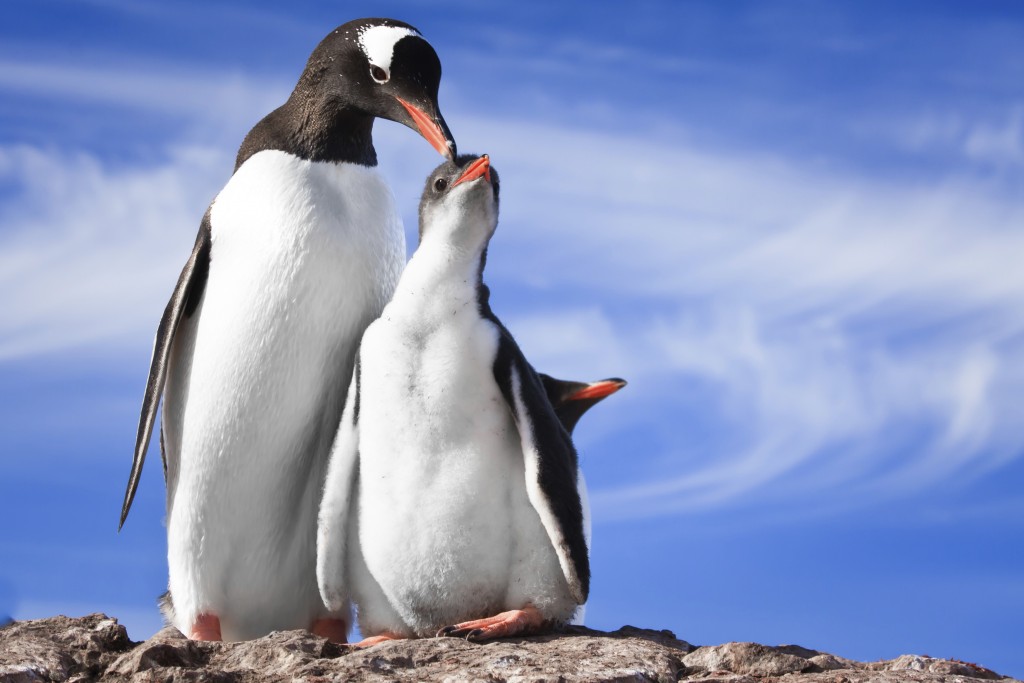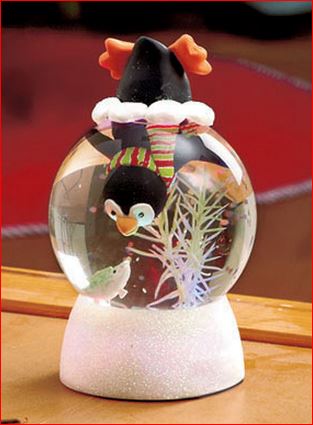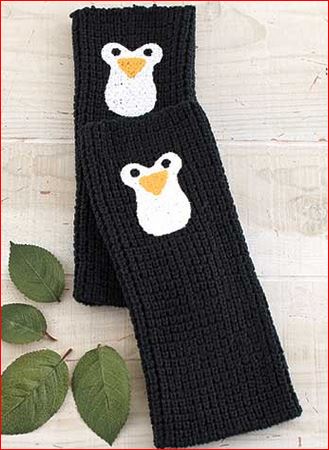Fascinating Facts About Penguins
 January 20 is Penguin Awareness Day — what better time than the middle of winter to honor our favorite aquatic bird? Of course, they are adorable — but they’re also fascinating! They are so interesting that we thought we’d share a few facts about them. Here are 11 fascinating facts about penguins.
January 20 is Penguin Awareness Day — what better time than the middle of winter to honor our favorite aquatic bird? Of course, they are adorable — but they’re also fascinating! They are so interesting that we thought we’d share a few facts about them. Here are 11 fascinating facts about penguins.
- Most, if not all, penguins live south of the equator. If someone calls the penguin an “arctic bird,” that is false because no penguins live at the North Pole.
- Penguins’ sleek black and white coloring is actually camouflage. When they’re swimming, if a predator is looking up at the penguins, the white of their bellies blends in with the bright light from the sun. If a predator is looking down at them while they’re swimming, the black on the penguins’ backs disappears in the dark depths of the sea.

- Penguins have up to four layers of feathers to keep them warm. Emperor penguins have about 100 feathers per square inch!
- Penguins have no land-based predators.
- Penguins can drink seawater — a special gland helps them separate the salt from the water which they expel through their beaks.
- Though mating season is only during the spring and summer, more than 80% of the time, penguins return to their same mates year after year.
- It can take three days for a baby penguin to break through their eggs with their beaks.
- Most birds have hollow bones, penguins do not. This helps them swim fast.

- Most penguins can stay underwater for 4-5 minutes, but some are known to be able to hold their breath for 22 minutes.
- Penguins are carnivores. They eat fish, squid and krill.
- While most birds molt a few times a year to gradually get rid of feathers and regrow them, penguins have one “catastrophic molt” in which they lose all their feathers at once. To stay warm during the molt, they gain weight for insulation.
Though penguins have flippers instead of wings, they still follow migratory patterns like other species of birds. Right now, While we’re trying to stay warm in the Northern Hemisphere, penguins in the Southern Hemisphere are enjoying another cold month-and-a-half before they start their migration for 2015.






